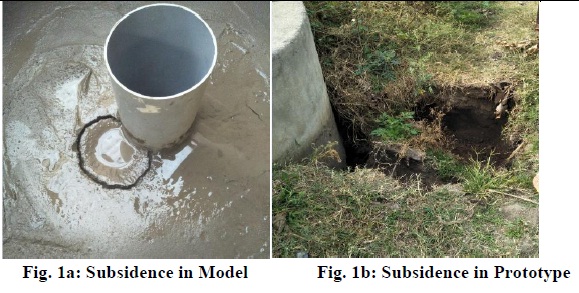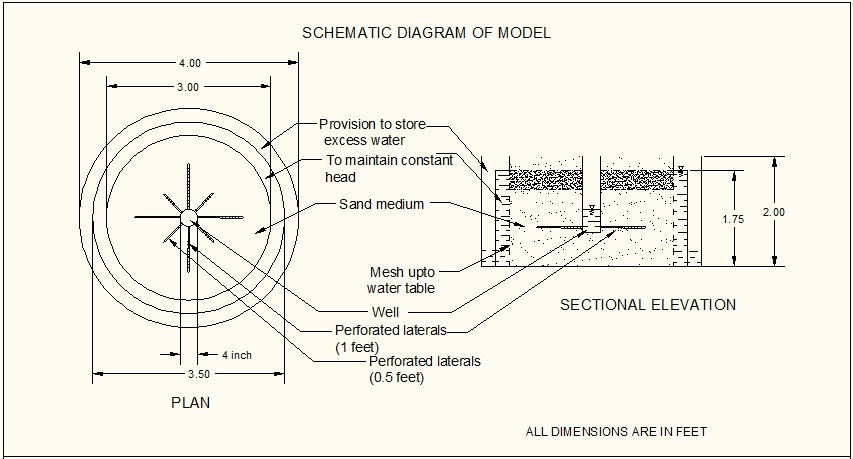





Published on Nov 30, 2023
Agriculture sector occupies a vital portion in the overall economy of the country. About 80% of the population directly or indirectly depends on income derived from agriculture. Although agriculture is the back bone of India, it is observed, that it is extremely low in terms of annual yield of crops per acre, in relative comparison to other developing countries. Employment of scientific techniques especially in developed countries such as USA and Russia has achieved tremendous progress. Initially machines have superseded manual labour. Irrigation is a vital component of agricultural production in many developing countries. However, the history of irrigated agriculture has not always recorded success. Some schemes proved excessively expensive. Irrigation is often costly, technically complex and requires skill and experience to realize full benefits. The principal sources of irrigation can be divided into Canals, Wells, Tanks etc.
The large volumes of water required for irrigation usually have to be transported over some distance to the field. For surface water, canals and pipes can enable conveyance; in the case of groundwater, extraction is provided via tube wells.
Water from rivers is extracted by constructing ring wells along the river beds. When the permeability of the soil along the river bed is more, it fetches more yield of the well. But excessive extraction of water from these ring wells also results in the subsidence of soils along the periphery of the soil, giving rise to dredging problems which is costlier for the marginal farmers who can’t even afford, the increase in the size of the wells in order to get more discharge. Hence, there is a need to find a feasible solution for these problems. In the present experimental study, an attempt has been made to solve the above stated problems by using slotted laterals in the wells which gives maximum discharge from the well without increasing the diameter of the well and even decreases the subsidence of the soil mass surrounding the wells.
Keywords : Agriculture, Laterals, Recuperation Test, Subsidence, Yield Of The Well.
Ring wells are used to draw water from the soil medium surrounding it and it serves as the only economical way of irrigation system where gravity flow from the river is not possible which is being practiced since decades. Even though the yield of the well mainly depends on the cross section of the well, the economic condition of marginal farmers will not permit to afford large sized wells. Hence many farmers prefer small sized ring wells and end up with very low yield of well. Also it is observed that excessive discharge from the wells leads to the subsidence of adjoining soil mass. Hence, suitable method is to be designed to increase the yield of the ring wells which should be cost effective and even reduces the soil subsidence around the well. An innovative method is brought up where slotted laterals are driven at the bottom of the well which facilities the flow of the water from the surrounding soil medium.
A ring well located (at 12.1487400E, 76.7761970N) along the bank of river Kabini, situated in Nagarle village, Nanjangud taluk, Mysuru district, Karnataka state, India, was selected as prototype for the present experimental study. Cylindrical galvanized pipes with threaded collors were fabricated as core cutter for sampling. In-situ undisturbed and disturbed representative soil samples were brought from the site for the laboratory investigation to know the soil profile along the periphery of the well. The various laboratory tests conducted as per relevant IS codes of practice are Insitu density test, Specific gravity test, Free swell ratio test, Grain size analysis along with hydrometer analysis, Atterberg limits by both Casagrande and cone penetration methods, Permeability test by both constant and variable head methods. Based on the laboratory tests, it is observed that Kaolinitic soil was found upto a depth of 1.2m and sandy soil was found to a further depth of 5.2m and there on. Table 1 shows the physical properties of the cohesive soil that was found upto a depth of 1.2m.
The average values of Insitu density of the cohesive soil upto a depth of 1.2m was found to be 19.26kN/m3. The soil found below the depth of 1.2m was found to be uniformly graded. The average co-efficient of permeability for the K-soil and sandy soils were 7.7x10-6 & 0.04 mm/sec respectively. The model was simulated to the field density and along with the perforated laterals and slotted laterals of two different lengths (0.152m and 0.305m) inserted to the well in eight radial directions in an alternative manner respectively. Constant head was maintained, to measure the yield of the well by conducting recuperation test, for both perforated and slotted laterals. The yield was measured even for the different combination of laterals and results were compared accordingly to find the optimum discharge from the well.



The variation of the discharge with no. of laterals for different combination of laterals for both perforated and slotted laterals were plotted. From these variations, it was observed that all the combinations of laterals results in the increase in the yield of well. But the combination which gives the optimum increase in the yield was 4nos. of 0.305m length laterals for both perforated and slotted laterals and is considerable. The increase in yield was found to be 189%. Hence, it is concluded that it is feasible to use 4 nos. of 0.305m laterals which gives maximum yield.
Based on the experimental study, following are the scope for future work:
1. To determine the optimum radial distance from the periphery of the ring well upto which densification of soil can be done economically to avoid subsidence of soil without affecting the yield of ring wells.
2. To study the provision of stone column in the influence zone along the periphery of the ring wells to minimize subsidence of soil.
3. To study the provision of gabions along with laterals in the influence zone without affecting the yield of ring wells.
4. To study the effect of providing geo-textiles along with perforated laterals in increasing the yield of ring wells.
5. To study the effect of provision of laterals for ring wells having different soil profiles.
From the present experimental study, it can be concluded that the discharge from the well can be increased by providing the laterals which influences the permeability of the soil. Thus, the yield of the well can be increased without increasing the cross sectional area of the well. During the present experimental study, it is observed that the provision of laterals also prevents subsidence of the soil mass around the periphery of the well which also reduces the dredging problems of surrounding soil of the well. It is also observed that the usage of laterals is more economical than increasing the size of the well to increase the yield which greatly helps the marginal farmers at large and hence to the society. Due to its simplicity and maximum efficiency, this technology can be considered as user friendly approach in increasing the yield of ring wells.